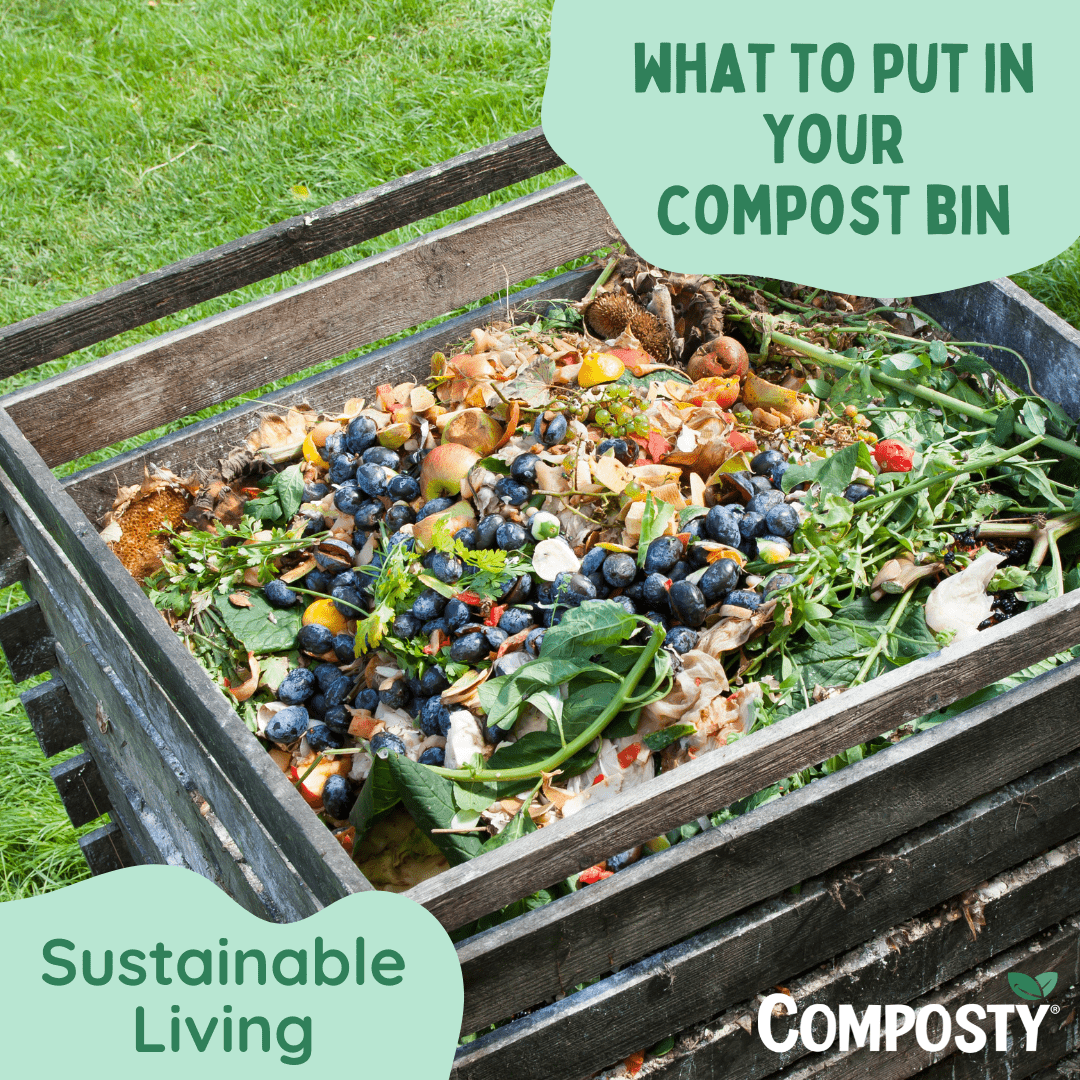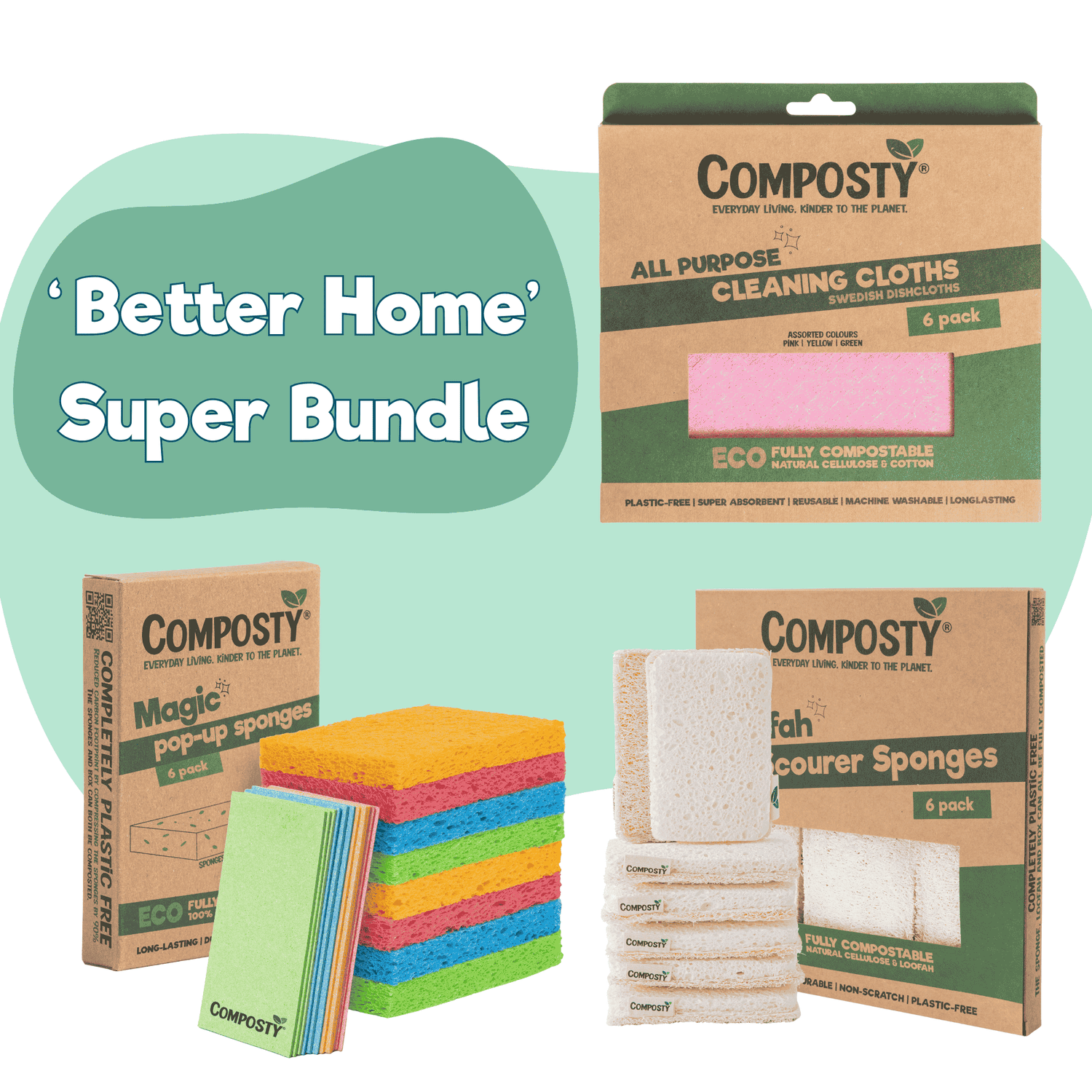
10 Green and 10 Brown Composting Ingredients to Create Nutrient-Dense Soil: A Practical Guide
Composting is an easy and sustainable way to recycle your food and garden waste, and it all starts with a good mix of greens and browns. Greens are high in nitrogen, while browns are high in carbon, and a healthy compost pile should maintain a balance of approximately two parts browns to one part greens.
Here are 10 examples of greens that can be added to your compost bin:
-
Fruit and vegetable peelings, such as banana skins, potato peelings, and carrot tops.
-
Coffee grounds and filters are a great source of nitrogen and can help to lower the pH of your compost.
-
Fresh grass clippings from your garden or lawn.
-
Weeds, as long as they are not going to seed, can be a great source of nitrogen.
-
Kitchen waste, including eggshells, onion skins, and vegetable cuttings.
-
Horse, cow, and chicken manure are excellent sources of nitrogen for your compost pile.
-
Seaweed, if you live near the coast, can provide a valuable source of nutrients.
-
Hair and pet fur clippings can be added as they decompose quickly and release nitrogen.
-
Old flowers and prunings from your garden.
-
Finally, cellulose sponges, like Composty's products, can also be added to your compost bin as they contain natural fibers and are compostable.
Along with greens, adding browns to your compost pile is essential. Here are 10 examples of browns that can be added to your compost bin:
-
Fallen leaves, particularly in the autumn, are an excellent source of carbon.
-
Shredded newspaper or cardboard.
-
Sawdust or wood chips can be used sparingly, as they decompose slowly.
-
Straw or hay can be added in small amounts to provide carbon for your compost pile.
-
Pine needles can be a great addition to your compost, adding both carbon and acidity.
-
Old cornstalks, after the corn has been harvested, can be cut up and added to the pile.
-
Old bills, mail, and paper packaging can be shredded and added to your compost.
-
Egg boxes or similar cardboard packaging can be added to provide carbon.
-
Untreated wood chips and sawdust can be added to your compost pile.
-
Finally, old plant-based fabrics like cotton or linen can also be added to your compost bin as they will break down over time.
It is important to avoid adding any meats, fish, or dairy products to your compost, as they can attract vermin and create unpleasant smells. Similarly, avoid adding pet waste or any diseased plant material to your compost, as this can spread harmful bacteria or disease to your garden.
By following these guidelines and creating a good balance of greens and browns, you can create a healthy compost pile that will help you to reduce your waste and produce rich, nutrient-dense soil for your garden. With the addition of cellulose sponges like Composty's products, you can feel good knowing that you are composting in an eco-friendly way while keeping waste out of landfills.

